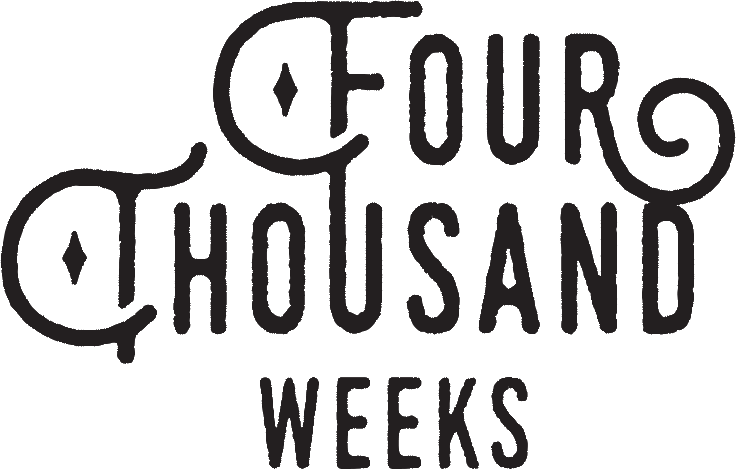The Victoria and Albert Museum is one of the great names of London museums and is of course free. However it is often overlooked aside from the great special exhibitions they put on.
The great things about the V&A are that because of this reason it is remarkably empty, has very few kids in and houses some really impressive, even if questionably gained artefacts.
Here are a list of my top 7 things to pop-in and see.
1. Tipoo’s Tiger.
Included in most lists and discussions about the V&A, Tipoo’s Tiger is an 18th century wooden carving of a tiger attacking a man. Found in room 41, what I failed to mention was that this isn’t just a carving. It’s a barrel organ with moving parts. Go and see it for yourself.
2. The Cast Room.
This room was shown to me on a school trip and just opened my eyes to colonialism and the weirdness or our societal hierarchy…but even if that’s not your bag you HAVE to check out the cast room. Rooms 46a and 46b were purposefully built as cast courts to house collections of plaster casts of original things. It’s a mad idea in itself but the imposing height and size of the rooms let alone the choice of stuff that’s in there is enough to leave you questioning most things in life, mainly, why oh had never seen this before.
3. The Great Exhibition sketch
In room 122f is a sketch. A “simple” drawing of an idea. This idea was of the Great Exhibition Hall for the Great Exhibition of 1851, something that Queen Vic and her hubby Albert (who are the museum’s namesakes) are well known for. Paxton’s design was immediately commissioned (you can see the telegram sent) and the 1851 Exhibition became none other than the beginnings of the collection of art and artefacts you can see in the V&A now. Meta.
4. The works of John Constable.
There are a number of Constable’s works here, others oh have to queue to see in the National Portrait Gallery and Tate Britain, but here, far from the madding crowds, stand a few notable works. I can’t claim to know much about art, but these pieces speak to me because they relate to life in 19th Century England, and places I can relate to such as “Buildings on Rising Grounds Near Hampstead” (1821) and “Barges on the Stour with Dedham Bride in the Distance” (1811).
5. The Great Bed of Ware.
Found in the prose of Twelfth Night, Don Juan and The Recruiting Officer and room 57 of the V&A, this huge four poster bed is imposing in size and understandably written about. Thought to have been made around 1590, the bed is one of the oldest and most ornate to exist. The carvings represent lust and love, amongst other things, and the display of this work of Elizabethan wood carving makes far more sense being displayed in a museum than a certain Turner Prize winning one.
6. Picasso’s ceramic dishes.
Room houses a large collection of ceramics. Lovely bowls. There are a number of Picasso ceramics here, look out for the one with the goats head (1949) specifically, it’s very Picasso and something else that adds to the wide variety of “stuff” in the museum that makes it so eclectic.
7. The Gamble Room.
The final place you should pay a visit to, much like the casts room, is the Gamble Room. It’s now one of the museum cafes, and at Christmas is the most picturesque place to sit and have your Earl Grey contemplating the great masterpieces you’ve just seen. It’s tiled in Victorian tiles from top to bottom and based on Prince Albert’s dairy at Windsor.
Have you been? What’s your favourite thing there? Let us know in the comments!
Like this? Follow on Bloglovin to get new posts delivered straight to your inbox! https://www.bloglovin.com/blogs/four-thousand-weeks-19152281






